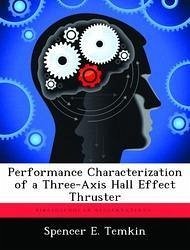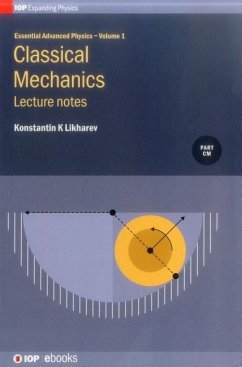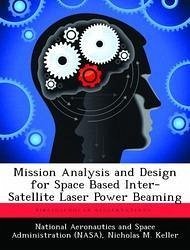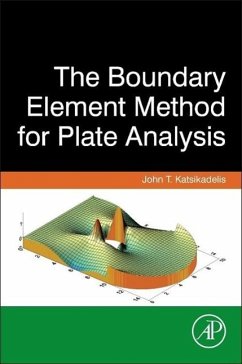
Performance Characterization of a Three-Axis Hall Effect Thruster
Versandkostenfrei!
Versandfertig in über 4 Wochen
52,99 €
inkl. MwSt.
Weitere Ausgaben:

PAYBACK Punkte
26 °P sammeln!
he research presented here represents the first efforts to operate and quantify the performance of a three-axis Hall effect thruster. This thruster is based on the Busek BHT-200 and used a novel construction with three orthogonal faces and a common magnetic core to reduce size and weight. Operating procedures for the thruster were developed and thrust and current density measurements were performed and compared with the baseline BHT-200. The three-axis thruster was successfully operated in single, double and triple face configurations. Distinct jet plume and ball plume modes were observed. Inv...
he research presented here represents the first efforts to operate and quantify the performance of a three-axis Hall effect thruster. This thruster is based on the Busek BHT-200 and used a novel construction with three orthogonal faces and a common magnetic core to reduce size and weight. Operating procedures for the thruster were developed and thrust and current density measurements were performed and compared with the baseline BHT-200. The three-axis thruster was successfully operated in single, double and triple face configurations. Distinct jet plume and ball plume modes were observed. Inverted pendulum thrust stand readings in the single face mode indicated that the three-axis thruster produced considerably lower thrust, specific impulse and thrust efficiencies than the BHT-200. Beam current density measurements conducted using a guarded Faraday probe showed significant differences in plume divergence angle, total beam current and current density distributions between the different faces and different operating modes. Results showed three-axis thruster efficiency and stability improved with more operating faces. Improvements to the three-axis thruster design and thrust stand configuration for use with the thruster were enumerated. Suggestions for refinement to experimental methodologies to optimize testing with the three-axis thruster were made and additional diagnostic techniques were described.












